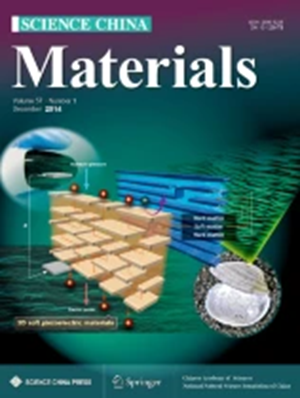Influence of acetic acid on the morphology of indium oxide nanocrystals and the associated plasmonic properties
Abstract
Synthetic control of metal oxide nanocrystals with precise size and morphology is of great importance for promising optoelectronic applications due to their unique size- and shape-dependent optical/optoelectronic properties. Nevertheless, the understanding of the mechanism for size and morphology control of metal oxide nanocrystals are less studied. Here, we demonstrate that acetic acid, the byproduct of the initial chemical reaction of precursors, plays a dominate role in determining the morphology of indium oxide (In2O3) nanocrystals by influencing the nucleation of the nanocrystals formation. Sufficient acetic acid would induce anisotropic growth, leading to the generation of nanoflowers, while limited existence of acetic acid results in sphere-shaped nanocrystals. Furthermore, the effects of geometries of In2O3 nanocrystals on their plasmonic properties are studied. The resulting plasmonic In2O3 nanocrystals show size-tunable plasmon resonance peaks in the near-infrared to mid-infrared regime and outstanding air/thermal stability. Our work shall give an in-depth understanding of the mechanism for geometry control of nanocrystals and offer more opportunities in potential optoelectronic and photothermal applications based on plasmonic metal oxide nanocrystals.

 求助内容:
求助内容: 应助结果提醒方式:
应助结果提醒方式:


